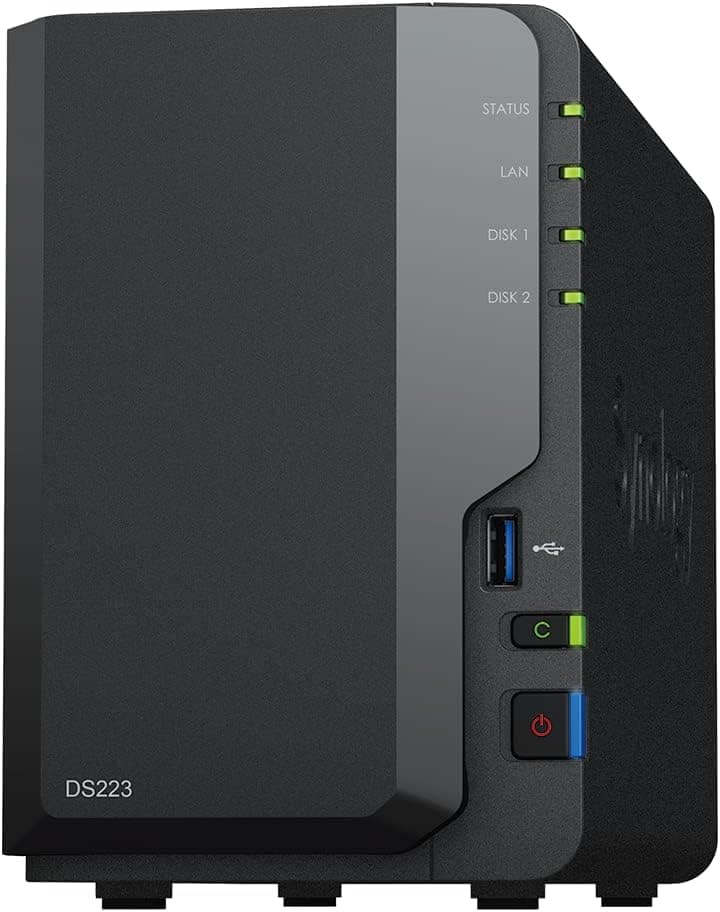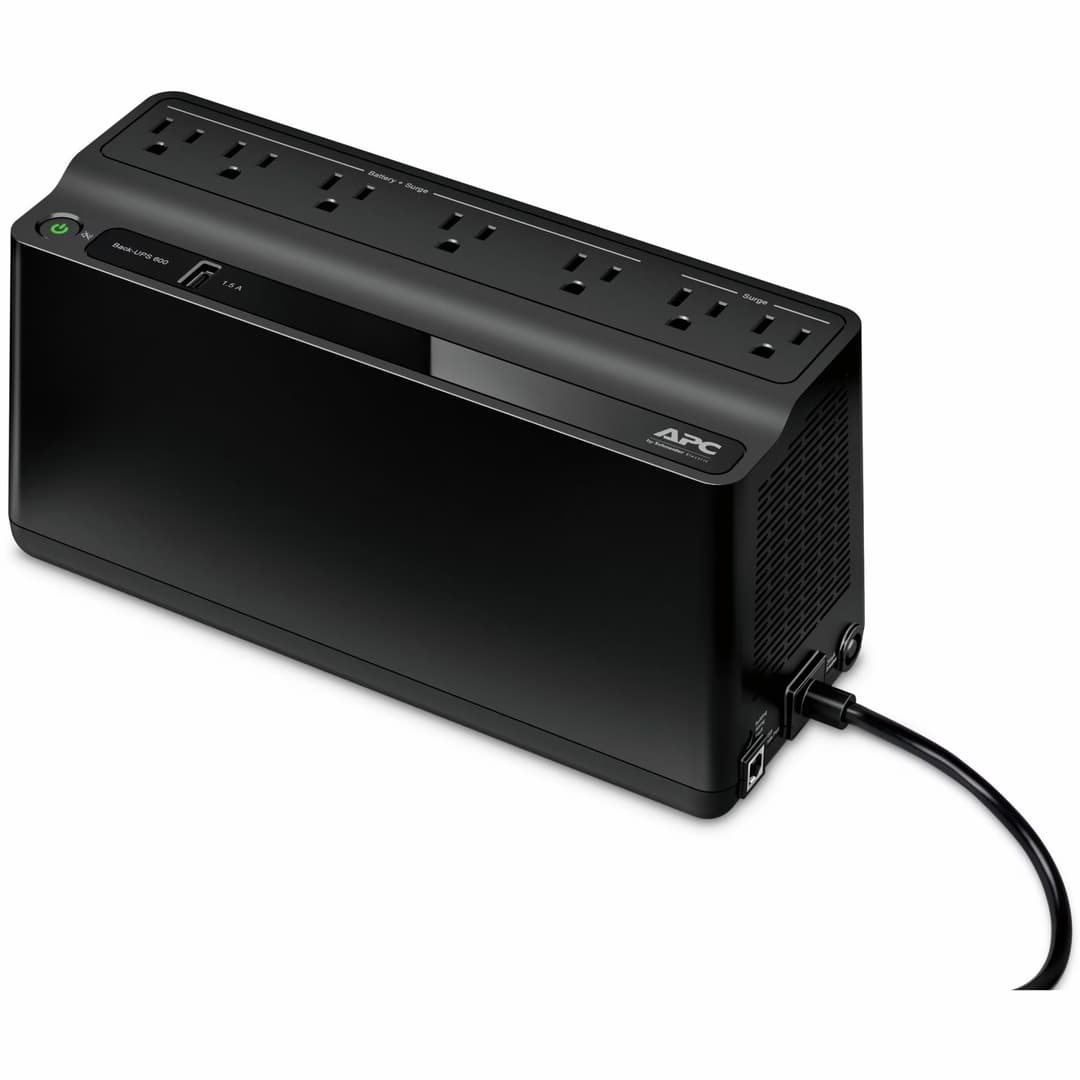Last December, I decided to invest in a to solve my data storage and sharing needs. My family has been global since I was born, and loves to travel. I wanted to have a way to store and share photos with each other in a secure and centralized way. In particular, my brother who lives in Dallas, likes to take pictures with his camera and share with us or to his friends. With these in mind, having a NAS seemed like the perfect solution!
The Initial Setup#
Setting up the hardware was straightforward:
The Synology DiskStation Manager (DSM) software walked me through the initial configuration, creating a RAID 1 array for data redundancy. Total Capacity turned out to be just around 7TB of available storage.
The External Access Challenge#
Setting up Synology QuickConnect was actually pretty simple; it allowed access to the DSM where remote access was possible, but with bandwidth limitations.
This is where things got interesting. My primary goal was to let remote access into the NAS so I can share photos while still travelling, or let my brother who lives in Dallas to access the file storage. And speed was pretty important! File sizes are getting bigger as newer devices bring in much more data. I encountered a few hurdles:
The Problems#
- Simply forwarding ports through my router was not working. Why?
- Using the default QuickConnect service had bandwidth limitations
The Solution#
After some research, I was able to set it up, but with a unique quirk.
Remember post? That was the problem. Because the home network is double-layered, I had to setup both my AT&T router and the google router. I also had a domain that I wanted to connect to so my non-techy family can access the NAS, so its a triple-layer of routing to do!
Routing#
Looking back to it, it is quite simple; it just took me some time to figure out why it wasn't working!
| NAS | Google Router | AT&T Router | Public Domain | User |
|---|---|---|---|---|
| Open DSM to public | Choose a public facing port | Open the Google Router | Setup A Record from my domain | Access to the NAS! |
Now I can share a domain for the NAS and my family and friends can access it! Very nice.
Power Back Up#
One thing I forgot was that electricity can be a little unstable in the area the house is, especially during the hurricane season. So I picked up and connected the data cable to the NAS, and it was just plug & play type of device so I didn't have to do additional configuration.
Setting up Webhook#
I also set up a discord webhook on my nas for events, like UPS events or Login events. This was pretty straight forward since I knew about the discord webhook format. I also setup email notifications at the same time, which does the same thing incase I miss the discord webhook notification!
Using It On My Travels#
2 weeks ago, I went to London, Italy, and Germany with my mom, and here I really saw how useful the NAS was:
- Every night, I uploaded the day's photos to the NAS via the DS Photo app
- My Dad and my brother could browse and download their favorites without waiting for me to return
- The photos were automatically organized by date and location
- All of this happened while the photos were safely backed up at home
Final Thoughts#
The Synology DS223 has been a game-changer for my digital life. The initial setup was definitely a bit frustrating due to the routing issues, but the benefits have been worth it.
For anyone considering a similar setup, I'd recommend:
- Plan your approach before opening external access
- Take time to organize your folder structure from the beginning
- Familiarize yourself with the mobile apps before traveling
- Consider bandwidth limitations of your home internet when sharing large files
Have you set up a NAS for remote sharing? I'd love to hear about your experience in the comments below!



Comments